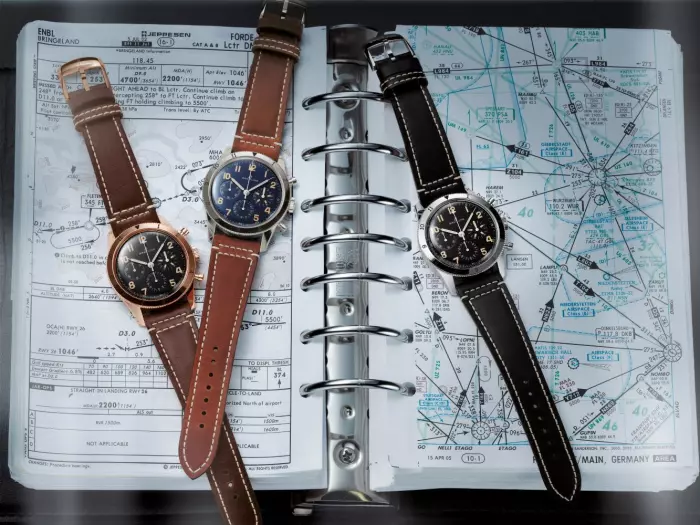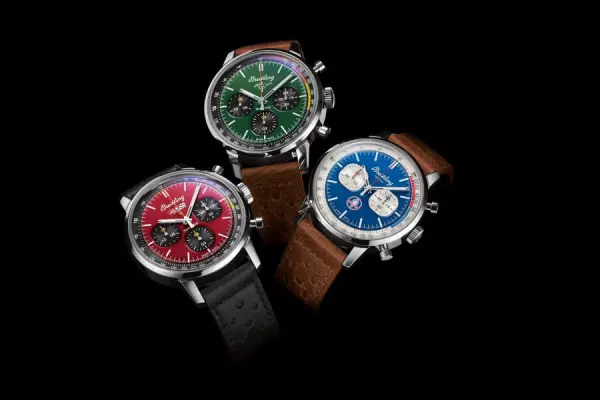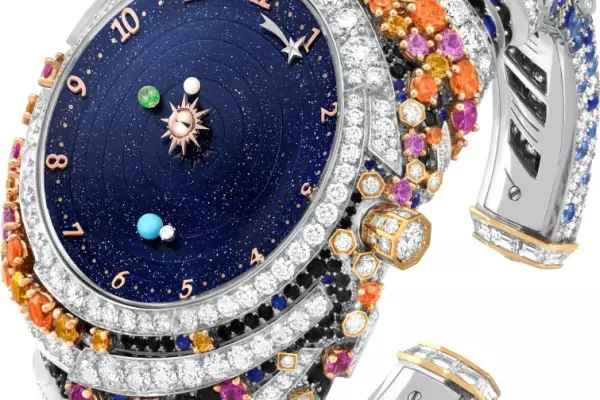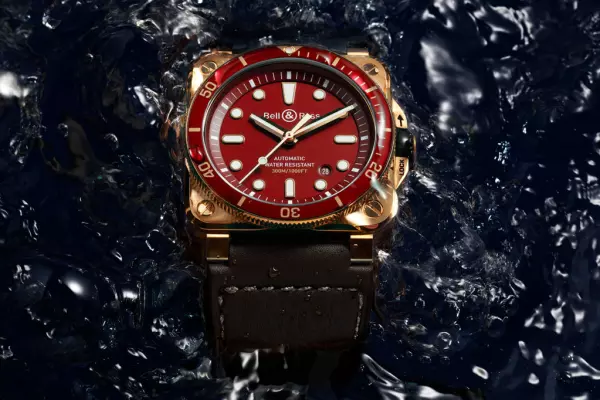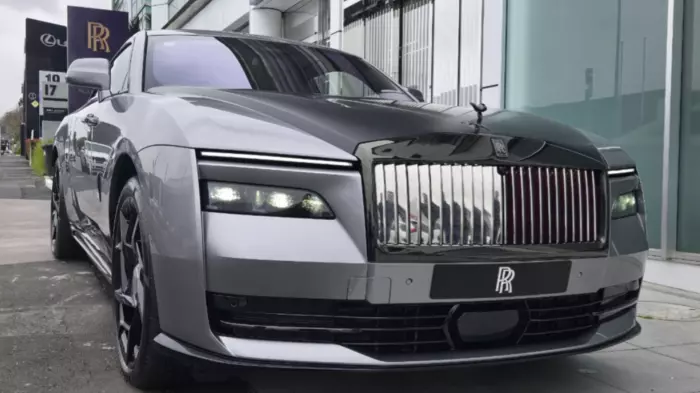A cursory glance at the latest timepieces may have you thinking we’ve stepped back decades to a time when men wore hats and women were anchored to aprons. I’m talking about the trend in wristwear that shows no sign of ageing, the flight to watches that, if not years old, at least look the part.
The ubiquity of vintage designs and ‘codes’, as watch folk call such references to the past, is such that you can count almost on one hand the few thoroughly modern watches, mechanical standouts that couldn’t have been designed any time but now, from manufacturers such as Hublot, Bulgari (the Octo Finissimo) and Richard Mille. This means the look that continues to find favour with designers across hill and dale in Switzerland is one that’s more often than not come from their own archives, with brands across the spectrum drawn to models favoured by previous generations.
It’s hard to blame them, given the enduring popularity of watches such as Omega’s Speedmaster, Cartier’s Tank or Santos, Tag Heuer’s Monaco, Breitling’s Navitimer or IWC’s Portugieser, none younger than 60 years, some much older: the Tank dates to 1917, Jaeger-LeCoultre’s Reverso to 1932, Panerai’s Radiomir to 1935, the Portugieser to 1938, Rolex’s Explorer to 1953, and the Speedmaster to 1957. However you look at it, they’re getting on.
While the internals and exterior finishes have changed for the better, it’s their lines that not only remind us of what once was, but continue to win new devotees. Adding impetus to this fondness for the familiar is that fact that as sales of new timepieces contract, covid or no covid, interest in genuinely vintage watches has grown hugely, along with their asking price. So much so that early Rolexes, Tudors, Heuers and Seikos now command multiples of their original asking price, even bringing more than the latest modernised versions at auction.
Further proof of the keenness among luxury-watch enthusiasts for the feel of yesteryear comes from brands like Tudor, which has enjoyed its most successful launch in recent times with the Heritage Black Bay range. The ‘Heritage’ nomenclature refers to its comely appearance, essentially a mash-up of the brand’s early dive watches, while the internals, safely out of sight, are thoroughly modern. (Tudor’s latest Black Bay, the ‘58’ in Blue featured here a few weeks back, will set you back around $4900. One of the watches that inspired it, a 1960s Snowflake, so named because of the unusual shape of the hands and markers, will set you back more than double that.)
Longines is also making frequent forays to the attic in search of early designs, resulting in a raft of ‘heritage’ releases, all following the familiar format: take an early model, resize and revamp it with contemporary internals, give it a finish it never had back then, fit a suitably plush strap – and voila, an appealing timepiece for the modern gent.
What’s interesting is how this recipe is delivering for purchasers who either didn’t exist or didn’t have the money when these iconic pieces appeared the first time around. As to how much money you’ll need for the latest iterations of old classics, there’s quite a range, as evidenced by this random selection.
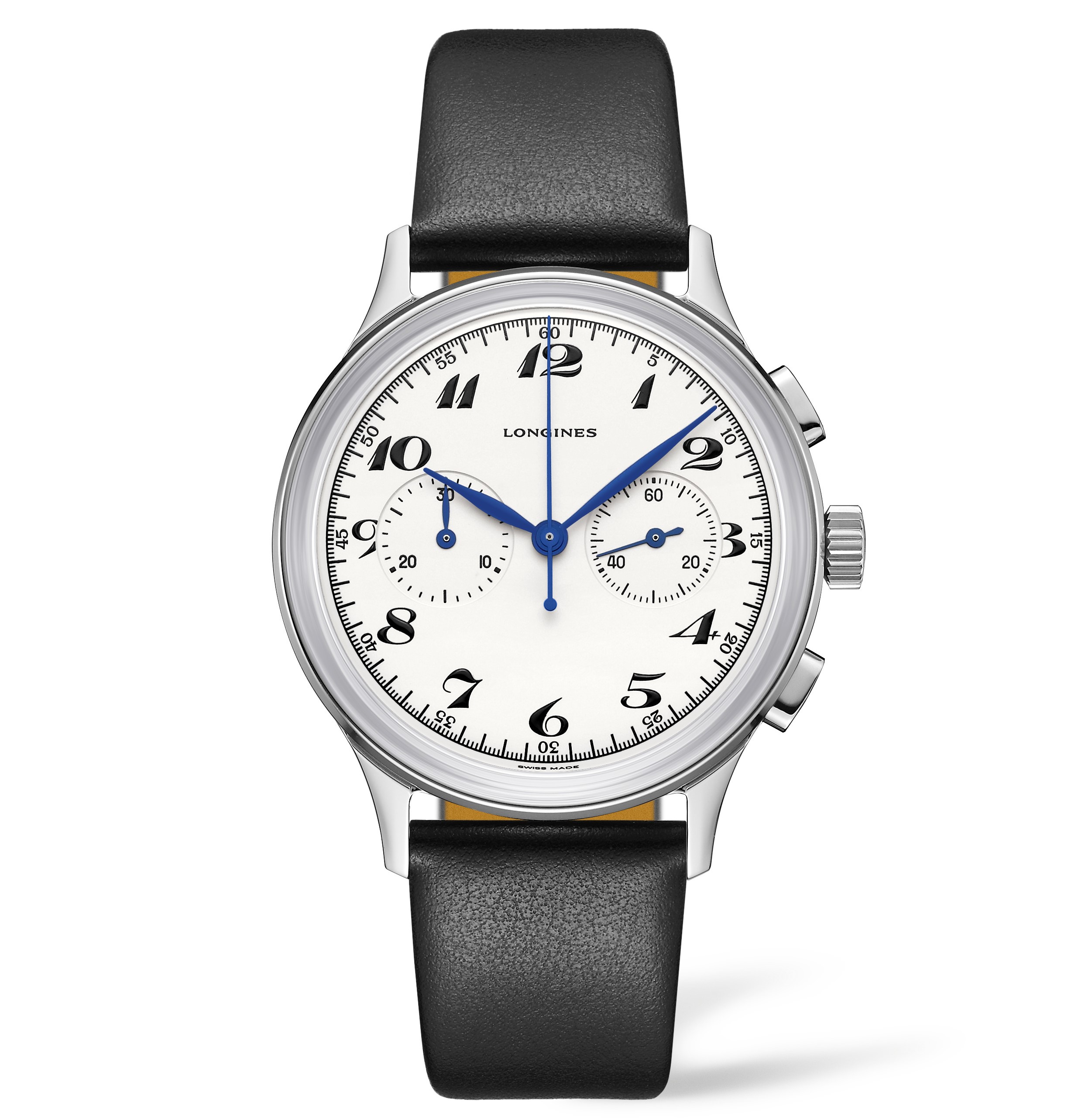
Classic chrono
This Longines Heritage Classic Chronograph 1946 is a 2020 release with the beauty of a veteran and the buff of a contemporary piece. Blue hands and Arabic numerals that would do a calligrapher proud front a self-winding movement in a polished 40mm case. Around $4600.
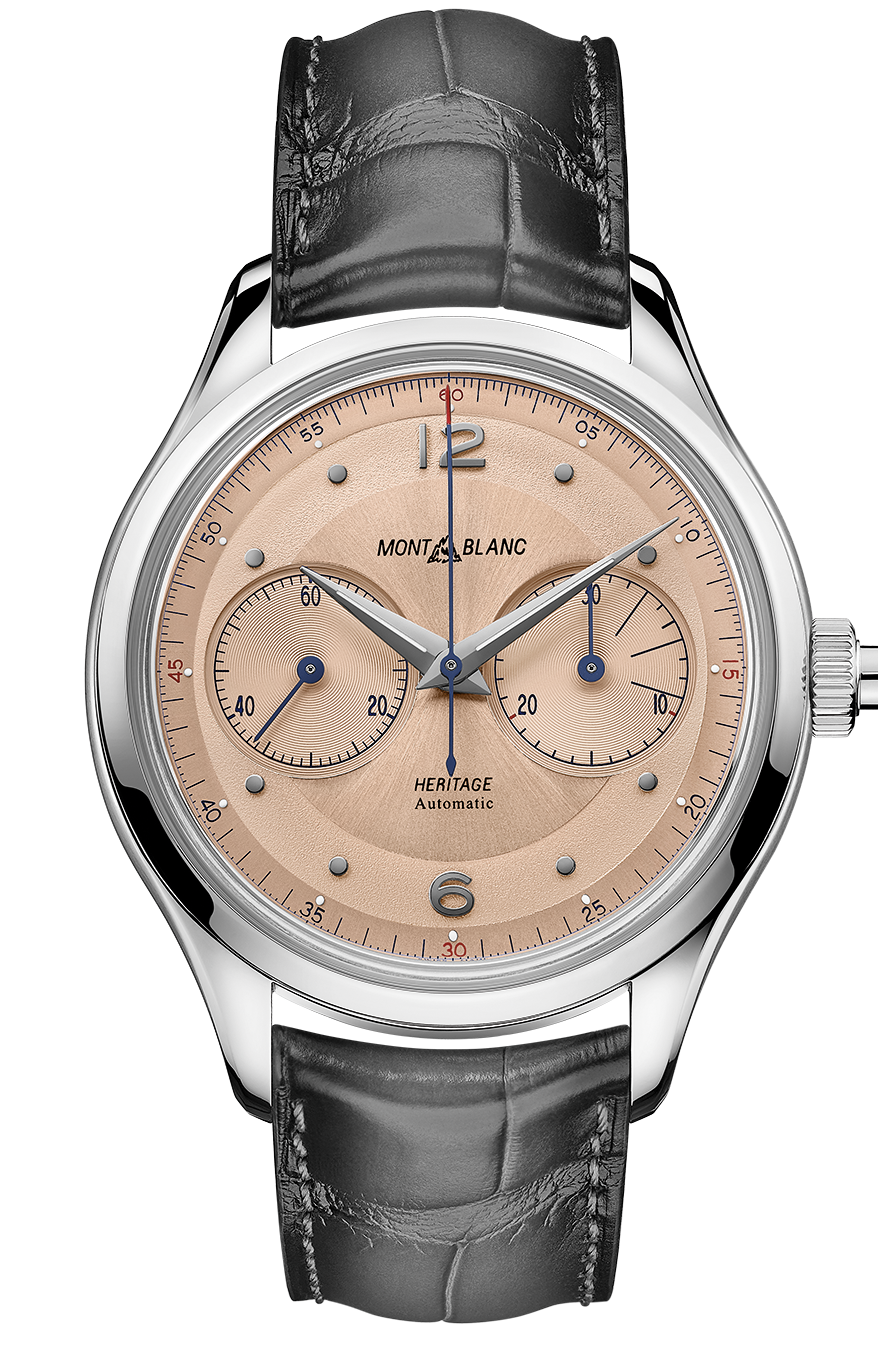
Mono tone
The Montblanc Heritage Monopusher Chronograph references a single-button model from the revered 160-year-old Minerva manufacturer with its salmon dial, high-domed glass and dauphine hands, all in a 42mm steel case with Minerva embossing on the caseback. Modern internals keep the price to the $7000 range.
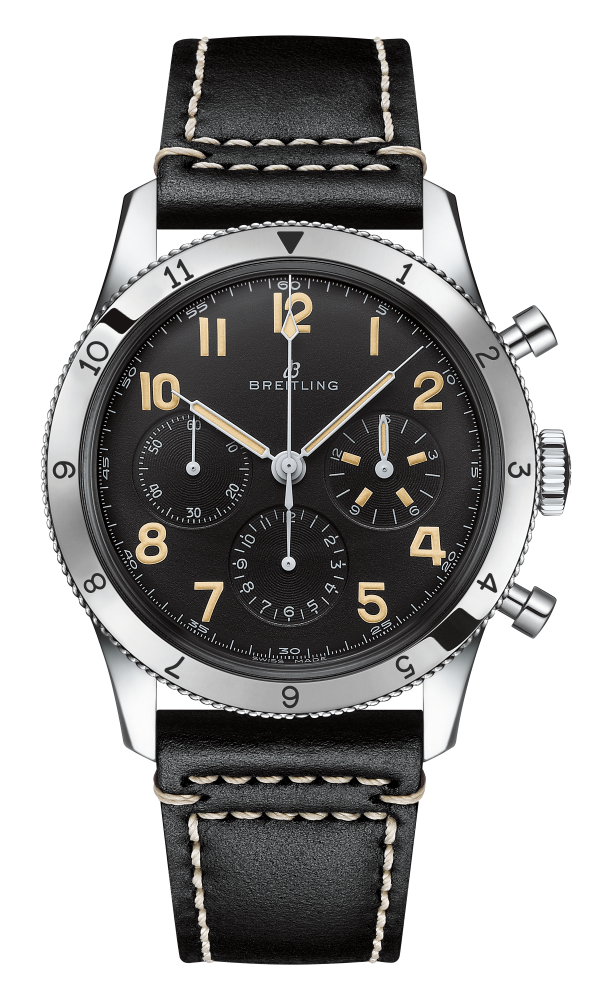
Pilot’s pref
Breitling’s AVI 1953 Re-edition captures the wonderfully legible appeal of a true pilot’s watch, its classic black dial free of anything unnecessary, merely topped with luminous hands and markers and a domed crystal and rotating bezel. The movement is chronometer-rated, the price from around $12,250 in steel.
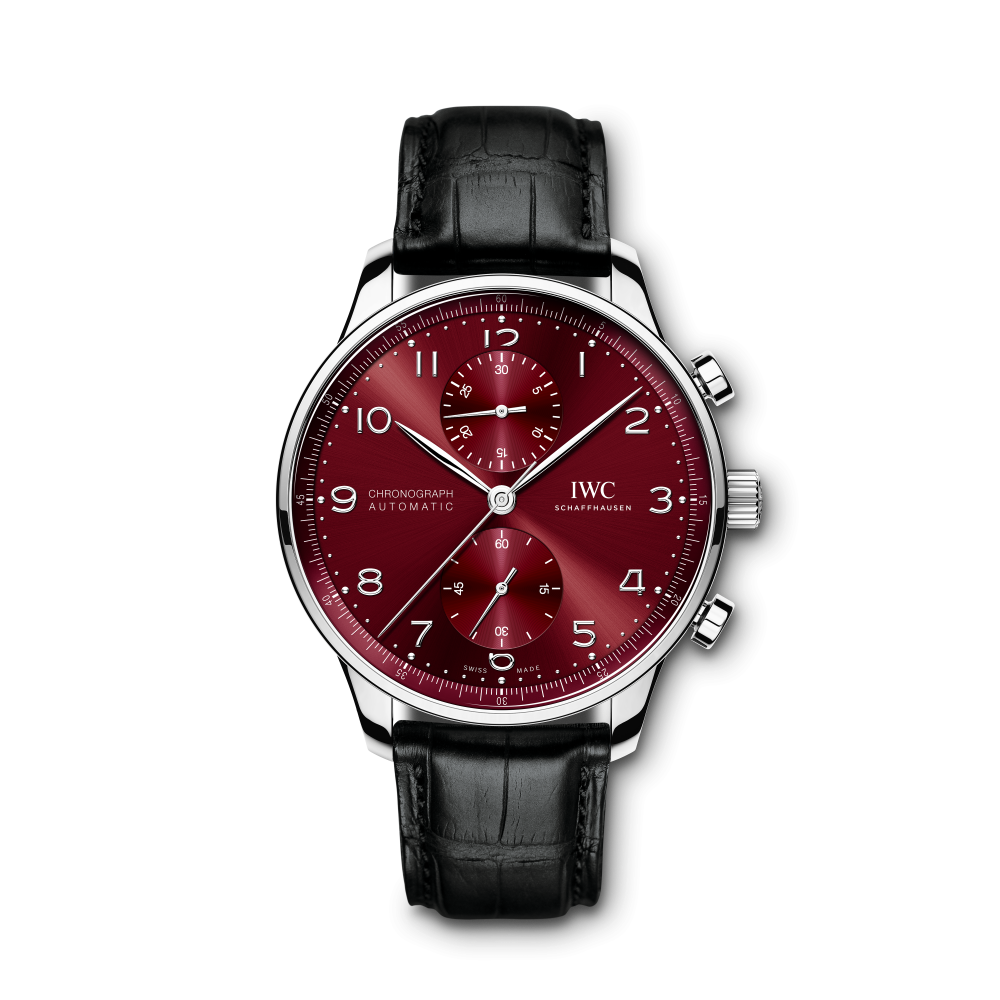
Face lift
IWC’s iconic Portugieser model hadn’t changed too noticeably since the original of the 1930s. But 2020 sees the introduction of high-vis colour options such as this burgundy face for the otherwise-timeless dial. Spanning 41mm, the Portugieser has internals that are self-winding, and can be yours for around $12,800.
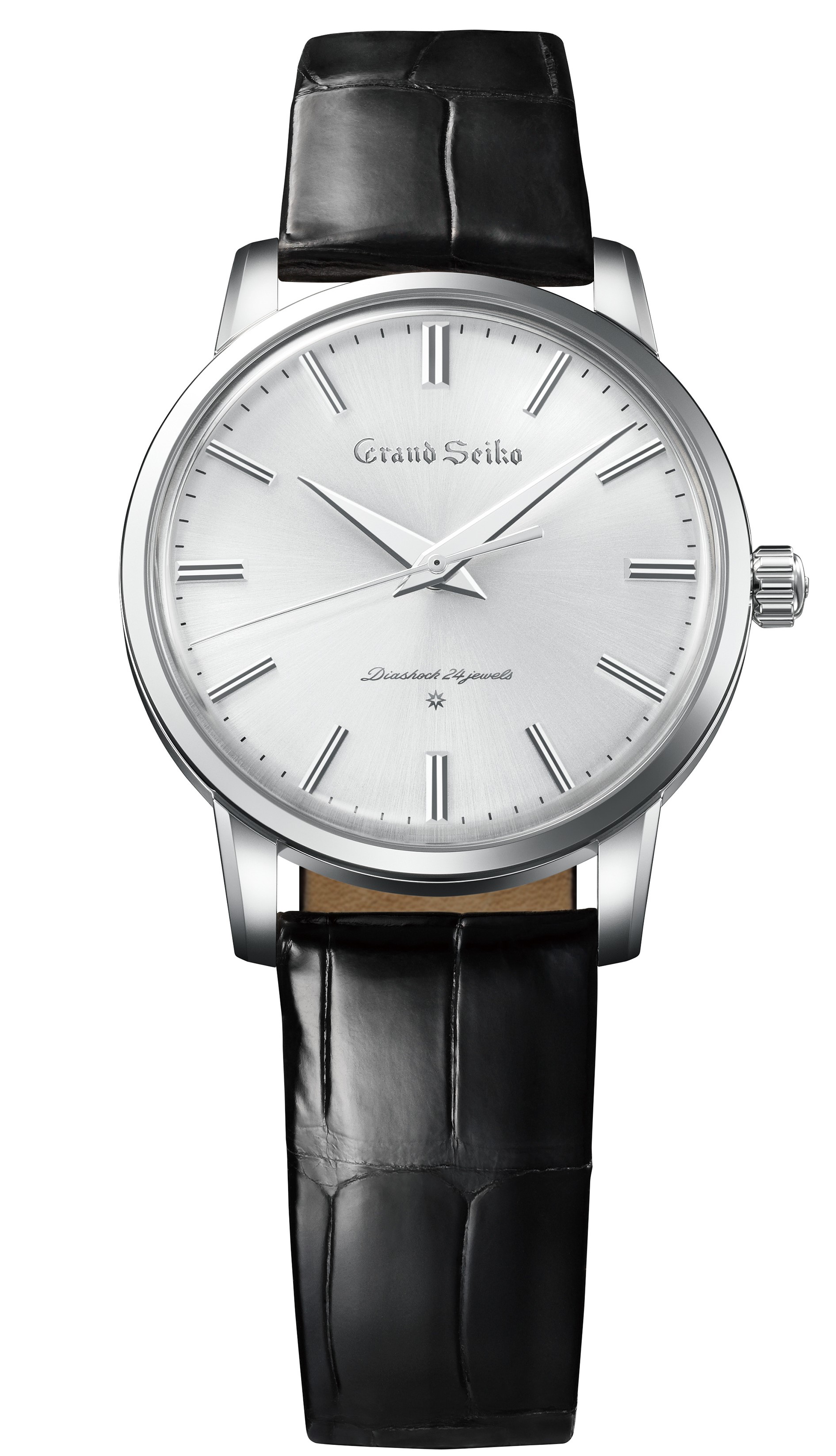
60 years young
This just-announced recreation of the first Grand Seiko (SBGW257) from 1960 looks, well, the same as it did back then. What’s new is a high-precision manual-winding caliber with better than chronometer-grade accuracy and 70 hours’ reserve. Cased in a choice of metals from around $13,000.
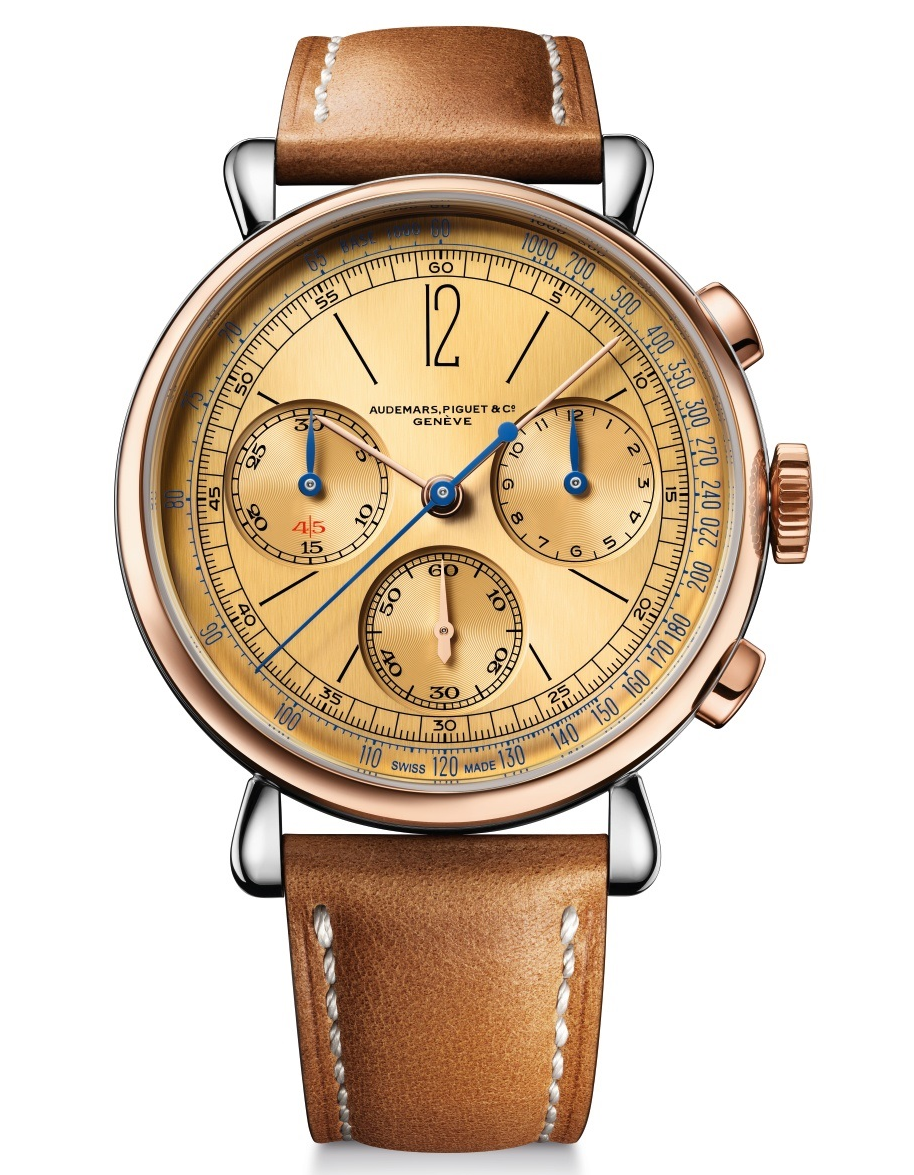
Rewarding rebirth
This year’s Audemars Piguet (Re)Master 01 is a suitably champagne-toned beauty that’s a remastering of a rare model dating to 1943. Upsized to 40mm, it’s cased in steel with a gold bezel, crown and pushers and equipped with a self-winding movement similar to that found in the brand’s recent Code 11.59 model. Limited to 500 pieces, around $77,000.
Follow Bani @baniwatch


